Paper Trail: Will Holub
February 5, 2019
Text by Bob Curley
“Please touch” is the unexpected message in Will Holub’s work, where the fragile medium of cut or torn paper is thickly lacquered to protect it from curious fingers and the ravages of light and time. And yes—there’s a deeper meaning at work in the artist’s choices, too.
Holub, a Wisconsin native, began his artistic career in New York City in the 1980s, where he spent several years creating realistic portraits of people, transferring images from pastel-coated tracing paper to canvas or linen, then finishing with acrylic and oil paint. For more than thirty years, however, textured paper has been a signature part of his work, enduring through what he calls “stylistic variations” that range from the understated grids and paper patchworks of his White Works and Marked Works series to the bold colors of his Redondo Paintings, which get their distinctive, tree bark-like surface from a mix of acrylic gel and Roll-A-Tex—the same stuff house painters use to add texture to ceilings.
“When I began incorporating paper into my paintings back in the late 1980s, there was no Internet, and paper was literally everywhere,” says Holub. “Recycling was becoming more common, so the notion of repurposing a material like paper felt congruent. I was also very drawn to the idea of tearing things up, only to reassemble them in a revitalizing way. The process I established, which includes tearing, marking, painting, adhering, and rubbing, was and continues to be both meditative and stimulating.”
Past works have incorporated photographic images and other representative elements, but his current creations are, he says, “purely abstract, influenced by the light, colors, and natural beauty of the Connecticut shoreline where I live and work.”
The artist resides in Old Lyme, which is the third major geographic muse in his career after New York and Santa Fe. The urban canyons of Manhattan helped inspire some of Holub’s gridded works, while New Mexico’s famous open skies and sublime light are reflected in his use of saturated color and occasional references to trees and arroyos. “I’ve been profoundly influenced by all these environments, with their unique qualities of light, and varied topographies and weather,” he says. “The pearly light of southeastern Connecticut and its humidity—the yin to Santa Fe’s yang—have led me to use a more subtle range of colors and an undulating patterning derived from the movements of trees and water.”
The ARCS series of paintings, Holub’s most recent works, comprise hundreds of individually painted, hand-torn, curved paper strips glued onto canvas. They seem at a glance as fragile as a holiday card made in elementary school, but there’s more durability and meaning to his work than meets the eye. “Paper is plant-based, so it is subject to the same natural cycles as people are, minus the recycling bit unless you believe in reincarnation,” Holub says. “This fragility, and my art-making efforts to preserve and protect it for posterity, represent the shared and very human challenge to come to terms with life’s only true certainty.”
Decades of exhibiting his work in galleries and museums across the country made him aware of the wear and tear artwork endures, and this led him to strive to make paintings that are “built to last” by using color-fast acrylic paints and archival paper, then sealing the surface of each painting with an invisible polymer skin. “The tension between what you might describe as the fragile and the ephemeral and my protective process adds a mindful dimension to paintings that might otherwise be appreciated only for their formal attributes,” he explains.
Of course, given their tactile nature, his works also call out for appreciation by senses other than sight. “People often respond first by wanting to touch,” says Holub, who speculates that viewers “identify with the physical acts such as tearing, gluing, and rubbing that are employed in the creation of the work.
“This sense memory amplifies the impact of color and composition,” he says. “So I always want my paintings to deliver a kind of haptic reminder of how—if not precisely why—I spend countless satisfying and stimulating hours composing my intricately layered paintings.”
EDITOR’S NOTE: To see more of the artist’s work, visit willholub.com
Share
![NEH-Logo_Black[1] NEH-Logo_Black[1]](https://b2915716.smushcdn.com/2915716/wp-content/uploads/2022/08/NEH-Logo_Black1-300x162.jpg?lossy=1&strip=1&webp=1)







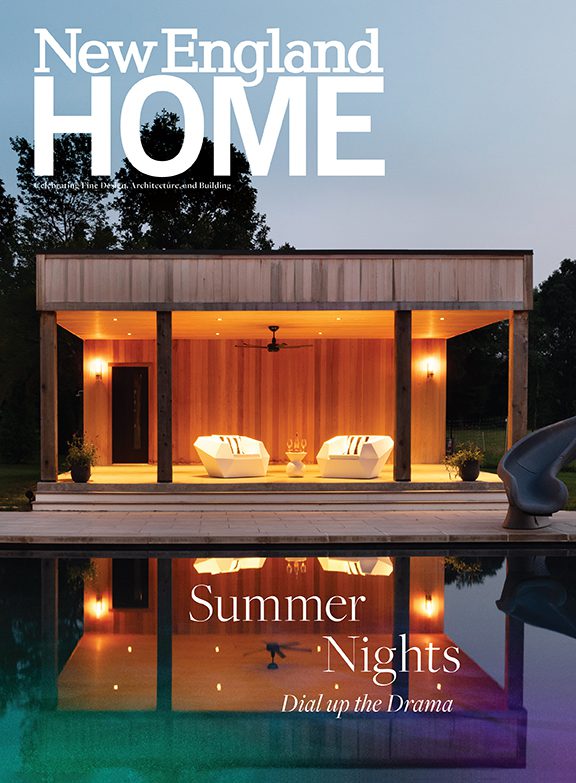
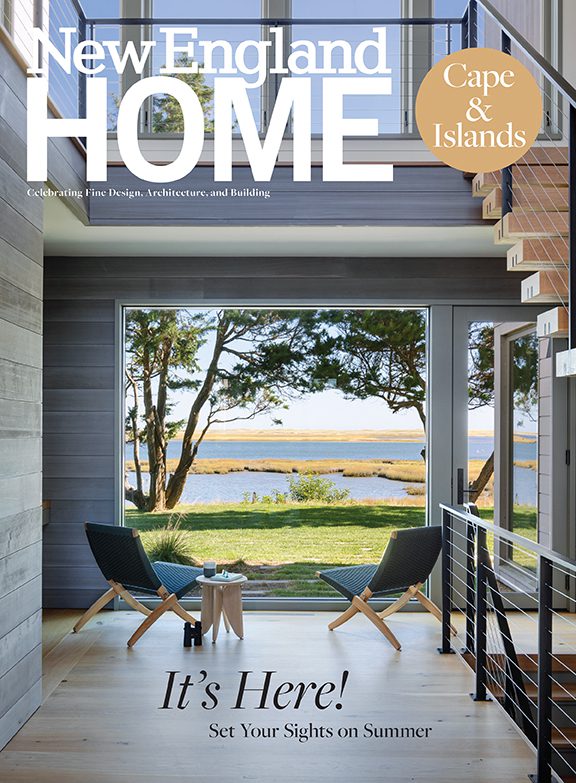
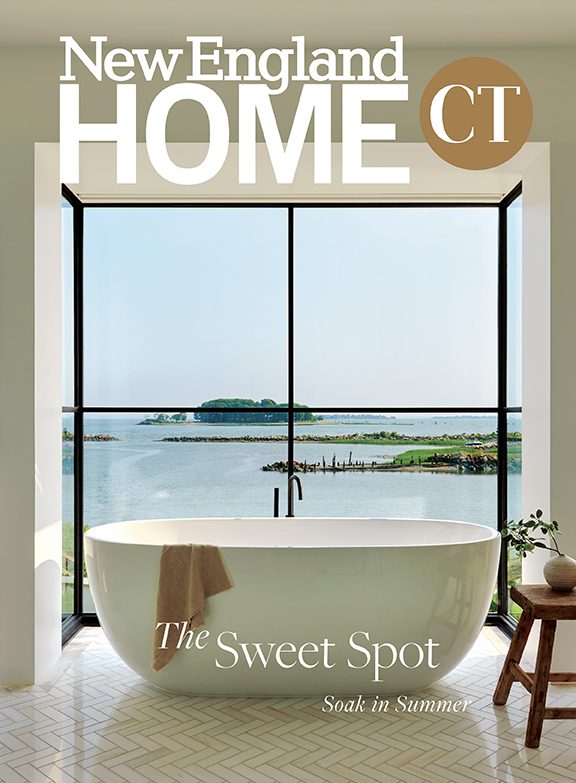


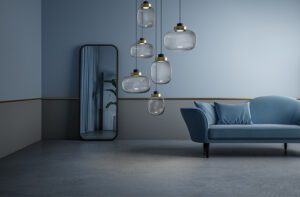
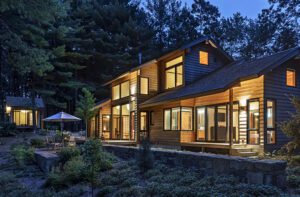
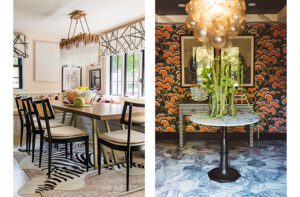
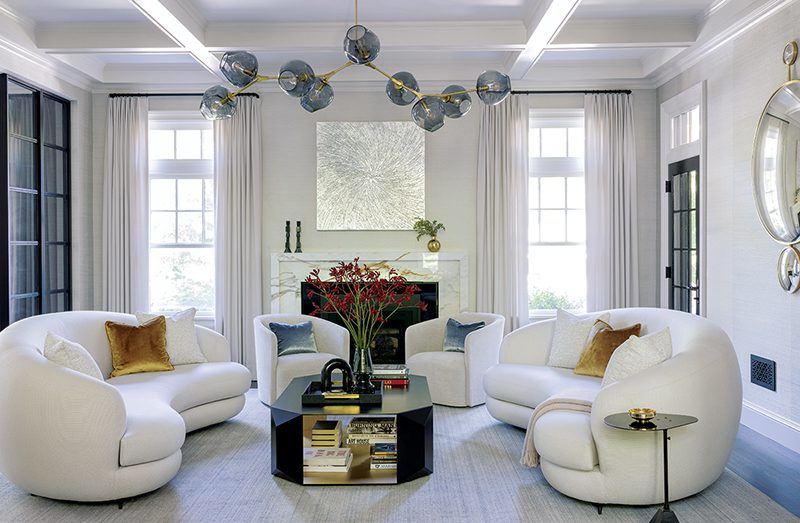
You must be logged in to post a comment.